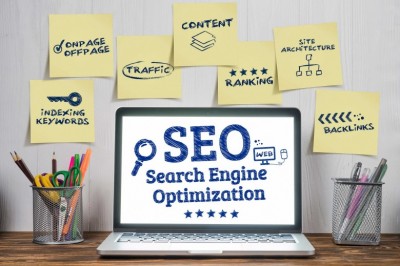CMMI Vs. ISO 9001:2000
People often tend to compare CMMI with ISO 9001. The most common thing that I come to hear is that ISO 9001:2000 is same as CMMI Level 3. I am no expert on this but being an ISO 9001 organization which has started its journey for CMMI, I cannot resist but talk about how different CMMI is from ISO 9001.
First off, CMMI-SW had been designed as a framework for addressing the problem that is faced by organizations that are into development of software intensive systems. ISO on the other hand is applicable for all manufacturing organizations that may or may not be into software development. Thus, both your software organization as well as a road-side bakery can be an ISO 9001 organization but the bakery wont get a CMMI certification.
Here are the few things there in CMMI which ISO misses or does not mention explicitly:
Institutionalization:
Without institutionalization a process breaks under pressure of deadline. CMMI stresses the fact that the process should be ingrained into business so that it becomes the part of corporate culture.
Focus on Organizational Training:
For any process to implemented uniformly across organization and to ensure that organization keeps learning and growing it important to identify training needs and impart it properly. It is for this reason that CMMI has a separate practice area in the area of training.
Maintaining Process Asset Library:
This library contains process assets that include process related documentation such as policies, defined processes, checklists, lessons-learned documents, templates, standards, procedures, plans, and training materials. These assets are required for the process to interpreted and executed properly.
Discipline of Risk Management:
CMMI looks at risk management as an organized and technical discipline to identify things that light cause harm or loss. Once a risk is identified it is quantified and prioritized and the risk is tracked throughout the project life cycle.
Causal Analysis:
The causes of variation in achieving the project goals are analyzed formally and the root is identified and addressed so the variation is eliminated or their impact is minimized.
Concept of Stakeholders:
CMMI states that a stakeholder is anyone who is affected by or is accountable for the outcome of the project. Thus, a stakeholder can include project team members, suppliers, customers, end users, and others.
I know that being in the business for software services it make better sense to be a CMMI organization.
Mukul Gupta is a VP at Indus Net Technologies, an India based Internet Consulting firm which specializes in Opensource solutions. You can reach him at mukul@indusnet.co.in































